Procedures
How is the Surgery Performed?
Surgery is performed under general anaesthetic administered through the abdominal wall. Depending on the type or position of the unhealthy disc, access to the spine is gained by means of a lower abdominal transverse incision or a longitudinal incision of approx. 4-6 cm.
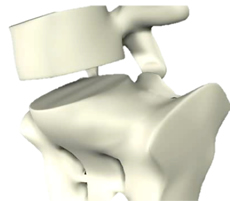
After the large vessels and nerves before the disc are carefully moved aside, the relevant disc is exposed. The anterior longitudinal ligament or disc ring is opened and the unhealthy disc completely removed.
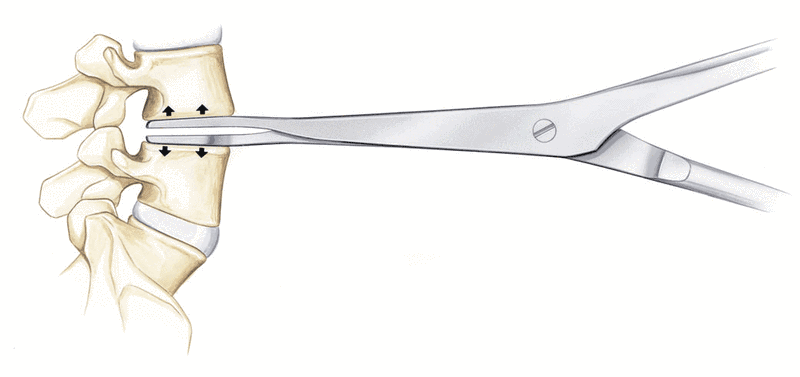
Afterwards the disc space is stretched by special instruments by approximately 10-14 mm, in order to decompress the nerve roots and to create space for the prosthesis.

After measurement of the correct size and precise preparation of the implant bed, the viscoelastic implant is correctly inserted under x-ray control.
X-ray image
Pre-surgery Post-surgery
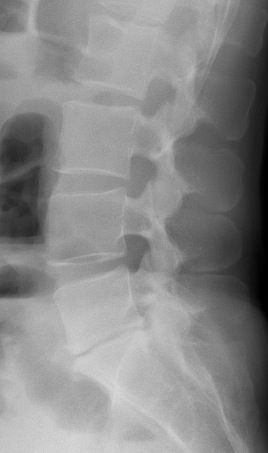
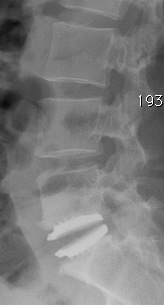
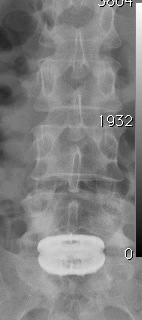
What Happens after Surgery?
You should expect to stay in hospital for a few days after the operation. The prosthesis is normally immediately resistant to pressure and movement, so you can get up as early as one day after surgery.
Contrary to fusion surgery, a sitting position is allowed but bending under strain, lifting heavy objects or rotation of the spine should be avoided.
There will be a special follow-up treatment (physiotherapy, mobilisation, muscle build-up, etc.). The integration of the prosthesis into the bone is usually complete after 3 months. This is checked by an x-ray examination. After-care examinations will be carried out at regular intervals, which guarantee the best safety and care with this type of surgical treatment.
